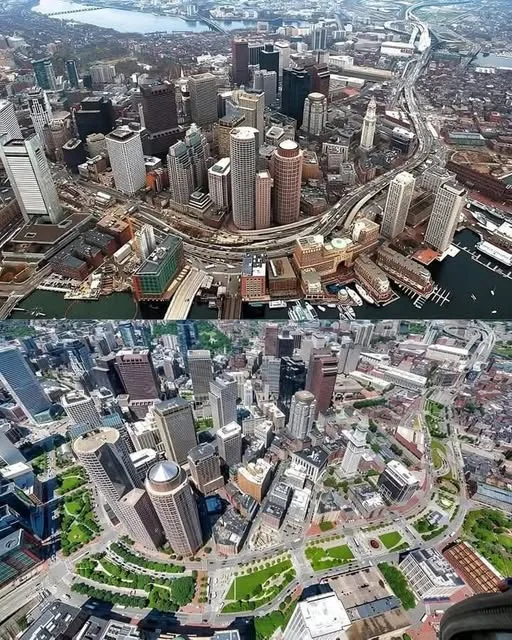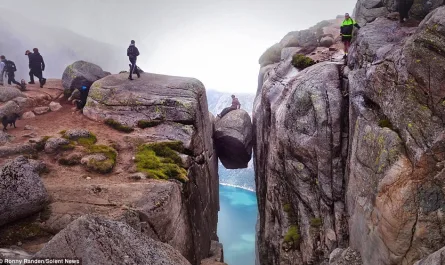Boston, a city steeped in history, is also a city that has consistently dared to innovate. But perhaps no single project in its modern history embodies that spirit of ambition and transformation more than the Big Dig. Completed, for the most part, in 2003, this colossal engineering feat quite literally moved the heart of the city’s freeway system underground, forever altering Boston’s landscape and its relationship with itself.
For decades, the elevated Central Artery (I-93) was a defining feature of downtown Boston, but not in a good way. A concrete behemoth slicing through the urban fabric, it was notorious for its soul-crushing traffic congestion. It acted as an impenetrable barrier, severing the historic North End from the rest of downtown, isolating the waterfront, and casting a perpetual shadow over vibrant neighborhoods. It was, in short, a necessary evil that had become an unbearable burden.

The vision for the Big Dig was audacious: dismantle the aging, elevated highway and replace it with a sprawling network of underground tunnels. The goals were clear:
- Alleviate crippling traffic congestion in the city center.
- Reconnect long-separated neighborhoods, stitching the urban fabric back together.
- Create new public spaces where the old elevated highway once stood.
What followed was one of the largest and most complex urban infrastructure projects ever undertaken in the United States, if not the world. Imagine the challenge: tunneling beneath existing subway lines, active rail tracks, and a dense historical cityscape, all while keeping a bustling metropolis functioning above ground. Engineers faced unprecedented hurdles, from managing an intricate web of utilities to dealing with unexpected geological conditions and the constant flow of tidal water.
The sheer scale of the work was mind-boggling. It involved:
- Constructing miles of new tunnels, including the iconic Ted Williams Tunnel (connecting the Seaport District to Logan Airport) and the multi-lane underground sections of I-93.
- Building massive ventilation buildings to manage air quality in the new tunnels.
- Diverting and relocating a labyrinth of utilities, some dating back centuries.
- Dealing with significant cost overruns and construction challenges, which, while controversial, highlight the sheer difficulty of the undertaking.
By 2003, the primary tunnels were open, and the process of dismantling the old elevated highway began in earnest. The transformation was immediate and dramatic. Where an oppressive concrete structure once stood, a ribbon of green now stretches through the city: the Rose Kennedy Greenway. This vibrant, linear park system has become a beloved urban amenity, featuring open lawns, gardens, public art, and performance spaces. It has not only reconnected the city’s neighborhoods but also provided vital green space and recreational opportunities.
The Big Dig was not without its controversies – its spiraling costs and construction mishaps were headline news for years. Yet, looking at Boston today, the long-term benefits are undeniable. Downtown is more accessible, the waterfront is seamlessly integrated, and the quality of urban life has been profoundly enhanced.
The Big Dig stands as a powerful testament to human ingenuity and perseverance. It’s a reminder that with vision, courage, and a whole lot of engineering muscle, cities can undertake monumental changes to improve the lives of their residents and create a more connected, livable future. Boston literally dug deep to achieve its vision, and the results are a visible and enduring legacy.





